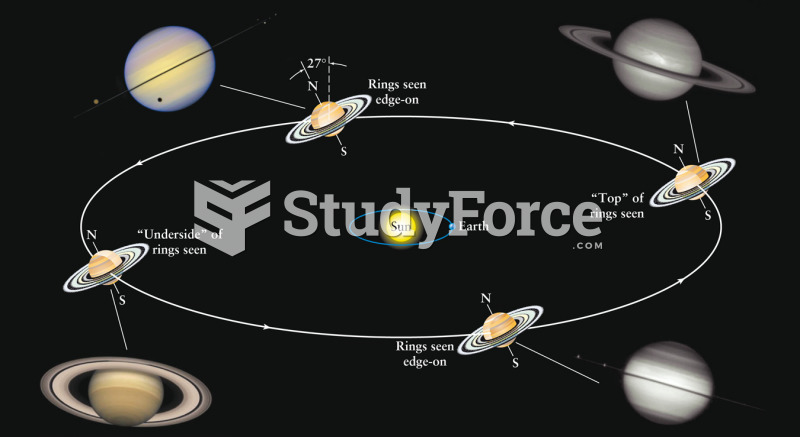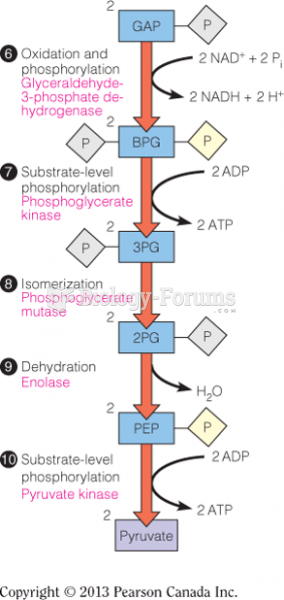Answer to Question 1
Answer: longwave (or thermal infrared)
Answer to Question 2
Answer: Longwave radiation: The atmosphere absorbs most of the longwave radiation emitted by Earth's surface. This increases the temperature of the atmosphere, which causes it to radiate more energy outward. The energy radiated by the atmosphere is transferred in all directions, including downward, and so the surface receives a considerable portion of this radiation. This causes surface heating. Conduction: As radiant energy is absorbed by a solid Earth surface during the middle of the day, a temperature gradient (a rate of change of temperature over distance) develops in the upper few centimeters of the ground. In other words, temperatures near the surface become greater than those a few centimeters below. As a result, conduction transfers energy downward. At night the reverse process occurs; the topmost portion of the ground cools by the loss of longwave radiation and becomes colder than the underlying volume. Energy is then conducted upward. Convection: Convection is a process whereby heat is transferred by the bodily movement of a fluidthat is, a liquid or gas. In contrast to conduction, convection involves the actual displacement of molecules. Unlike conduction, which transfers energy from the surface to the atmosphere, convection circulates this heat between the very lowest and the remaining portions of the atmosphere. The direction of heat transfer is upward when the surface temperature exceeds the air temperature (the normal situation in the middle of the day). At night the surface typically cools more rapidly than the air, and energy is transferred downward. Convection can be generated by two processes in fluids: local heating (free convection) and mechanical stirring (forced convection).







